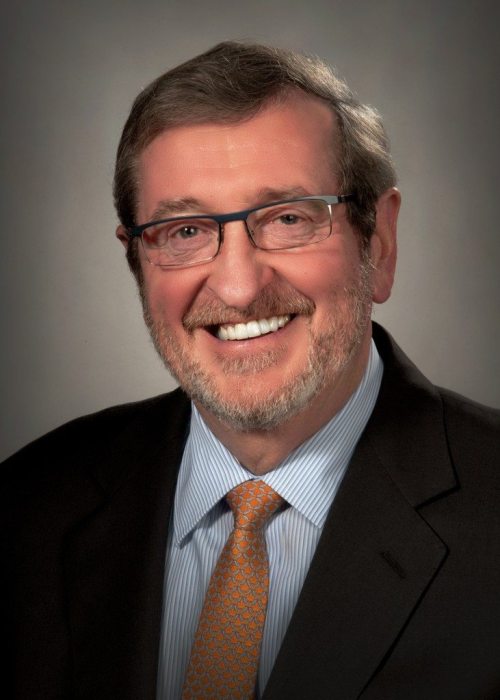Matt C. from Nassau County got his first taste of opiates when he sprained his ankle playing football in his first year of college.
A doctor prescribed the narcotic painkiller Vicodin. Matt says he instantly fell in love with the feeling. Prior to that, he drank only “socially” in high school to fit in with his football teammates and to “meet girls,” he says. His ankle injury eventually healed, but by then he had developed a habit. He needed more and stronger opiates to feed this addiction as his dependence on the drugs grew.
Fortunately, after lengthy cycles of abuse and relapses, he made it into treatment. He’s been clean since his release from rehab in November 2017.
Twenty-one-year-old Anthony Mazzella of Coram wasn’t so lucky.
Anthony, who wrestled and played football during middle school, lost interest in sports when he entered high school, says his mother, Krista Bertschi. She later learned that he had picked up drugs then. After two stints in rehab, Anthony was finally drug free for about two years, when he dislocated his shoulder training at a local gym just before Thanksgiving of 2016.
Although he refused pain medication initially, the injury was not getting better. He went to a doctor and was prescribed opiate painkillers.
“He was gone by January 22, 2017,” Bertschi said.
Bertschi has since become a powerful advocate who educates the public about the harsh truths of addiction, especially as seen in school athletics. Last month, she joined Suffolk County Executive Steve Bellone to announce a new program that trains athletic coaches to effectively recognize at-risk students and aid them in getting help. The program will be offered to the coaches of all county middle and high schools.
Clutching a photo of her son, Bertschi said: “In Anthony’s memory, I stand here, and I will continue to support all the awareness and prevention programs, in memory of my beautiful son and all the other angels gone too soon to this horrific disease, so that no other parent will have to walk in the ugly shoes that I walk in every day.”
Each year, more than 2 million injuries occur among high school athletes and nearly 211,000 sports injuries at the college level, according to the Centers for Disease Control and Prevention (CDC).
Doctors often prescribe opioids to treat severe pain after surgery or sudden injuries like broken bones. The drugs block messages of pain to the brain and decrease the body’s perception of discomfort. They may also create a feeling of euphoria.
Drug addiction doesn’t take long to develop. With daily use, dependence and tolerance requiring ever higher doses to produce the same pain relief or high can happen in a few days.
Experts say that coaches, teachers and parents can all play a role in keeping athletes safe from the consequences of opioid use and misuse.
First, it’s important to know the signs, which include small pupils, flushing (redness) of the face and neck, slurred speech, and constipation. Those who misuse opioids will often have behavior changes and will become withdrawn and antisocial. These can provide opportunities to talk to athletes about their injury and treatment as well as to encourage them to talk to their physician about alternatives to opioids, experts say.
Parents should be encouraged to strongly monitor the use of opioid medications — beginning with a request for alternative medications and/or limited quantities of opioids. Given the high abuse potential, parents should administer opioid medications and supervise their use, the experts say. Opioids should not be kept beyond the treatment time and should be disposed of properly.
Consideration should be given to non-steroidal anti-inflammatory drugs (NSAIDs) and urging young people to understand that pain is their body’s way of telling them it is healing, While there may be increased risk of exposure to opioids due to injury, the National Institutes of Health reports that daily participation in sports and exercise may also serve as a protective factor against substance misuse.
One study found that adolescents who play sports and exercise are less likely to report lifetime nonmedical prescription opioid use and heroin use compared to adolescents who did not participate in sports or exercise in the past year.
“I fully support and stand behind this program,” Bertschi said. “Athletes normally have a relationship with their coaches that is on a respectful yet friendship/mentor level so it is a huge step forward for coaches to be trained to recognize the signs and symptoms of sub-stance abuse.”
































